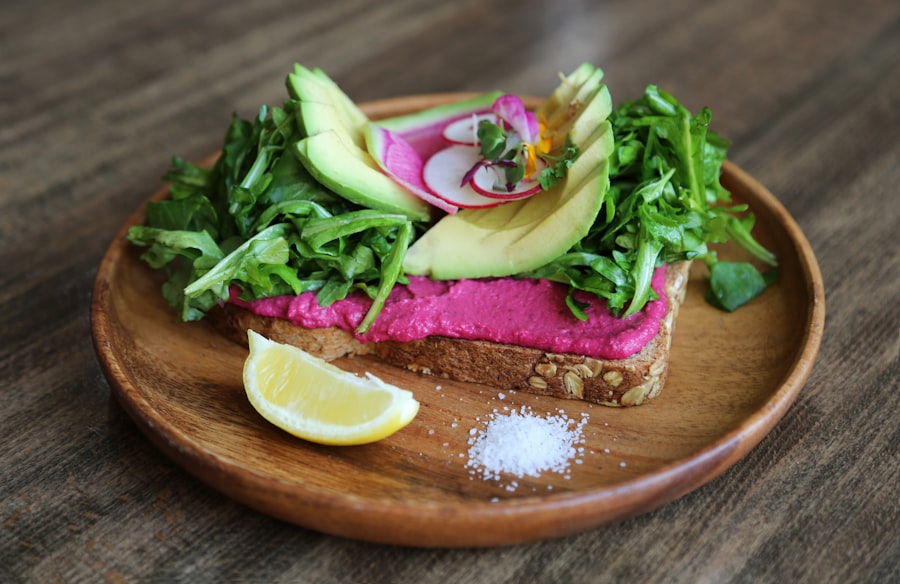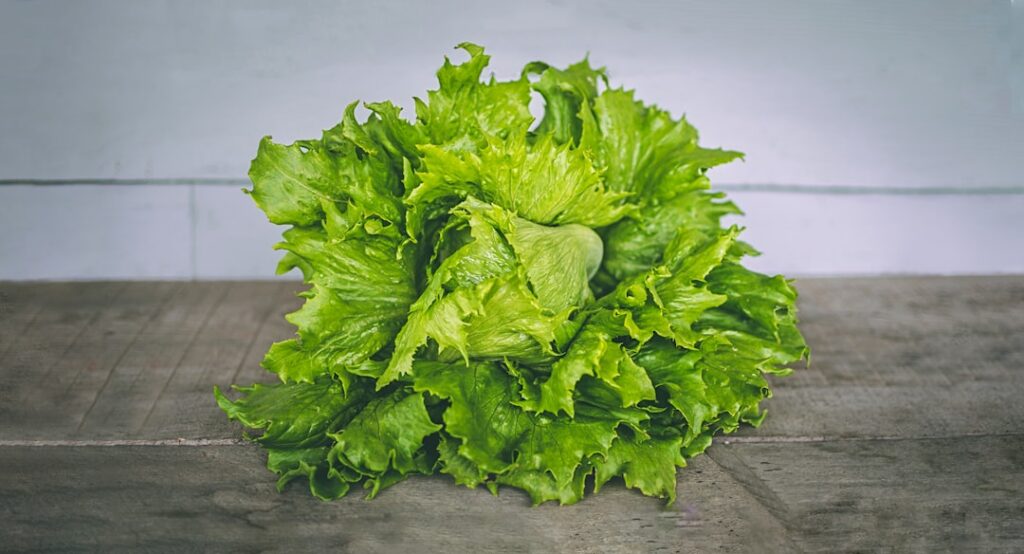Aloe vera, a succulent plant species belonging to the genus Aloe, is renowned for its myriad health benefits and versatile applications. While most people are familiar with the general characteristics of aloe vera, the distinction between male and female plants is often overlooked. Male aloe vera plants, like their female counterparts, possess the same fleshy leaves and gel-filled interiors that are prized for their medicinal properties.
However, the male plants are often noted for their unique flowering patterns and reproductive capabilities, which can influence their growth and health. The male aloe vera plant typically exhibits a more robust structure, with taller flower spikes that can reach impressive heights when in bloom. These spikes are adorned with tubular flowers that attract various pollinators, including bees and hummingbirds.
The reproductive process of male aloe vera plants is crucial for the propagation of the species, as it ensures genetic diversity and resilience in changing environments. Understanding the characteristics and benefits of male aloe vera plants can enhance our appreciation for this remarkable species and its contributions to health and wellness.
Health Benefits of Male Aloe Vera Plants
The health benefits of male aloe vera plants are extensive and well-documented. One of the most significant advantages is their ability to support digestive health. The gel extracted from the leaves contains compounds known as polysaccharides, which can help soothe the digestive tract and promote regular bowel movements.
This is particularly beneficial for individuals suffering from conditions such as irritable bowel syndrome (IBS) or constipation. The anti-inflammatory properties of aloe vera also play a role in alleviating gastrointestinal discomfort, making it a natural remedy for digestive issues. In addition to digestive health, male aloe vera plants are rich in vitamins and minerals that contribute to overall well-being.
They contain vitamins A, C, E, and B12, as well as essential minerals like calcium, magnesium, and zinc. These nutrients work synergistically to bolster the immune system, enhance skin health, and promote cellular repair. The presence of antioxidants in aloe vera helps combat oxidative stress, which is linked to chronic diseases such as heart disease and cancer.
Regular consumption of aloe vera juice or gel can thus serve as a preventive measure against various health issues.
Skincare Benefits of Male Aloe Vera Plants

The skincare benefits of male aloe vera plants are perhaps some of the most celebrated attributes of this succulent. The gel derived from the leaves is a natural moisturizer that hydrates the skin without leaving a greasy residue. This makes it an ideal choice for individuals with oily or acne-prone skin.
The soothing properties of aloe vera help reduce redness and irritation, making it effective for treating sunburns, minor cuts, and other skin irritations. Its ability to promote healing is attributed to its high content of vitamins and amino acids, which aid in tissue repair. Moreover, male aloe vera plants possess antimicrobial properties that can help prevent infections and acne breakouts.
The gel contains compounds such as saponins and anthraquinones that exhibit antibacterial and antifungal effects. This makes aloe vera an excellent addition to skincare routines aimed at maintaining clear and healthy skin. Many commercial skincare products now incorporate aloe vera as a key ingredient due to its effectiveness in soothing inflammation and promoting a youthful appearance.
Whether used as a standalone treatment or as part of a more extensive skincare regimen, male aloe vera plants offer a natural solution for various skin concerns.
Haircare Benefits of Male Aloe Vera Plants
| Benefit | Description |
|---|---|
| Moisturizing | Aloe vera plants provide deep hydration to the scalp and hair, reducing dryness and frizz. |
| Strengthening | The nutrients in aloe vera help strengthen hair strands, reducing breakage and promoting healthier hair growth. |
| Anti-inflammatory | Aloe vera has anti-inflammatory properties that can soothe an irritated scalp and reduce dandruff. |
| Balancing pH | It helps to balance the pH of the scalp, creating a healthier environment for hair growth. |
| Cooling sensation | Applying aloe vera to the scalp can provide a cooling sensation, relieving itchiness and discomfort. |
The benefits of male aloe vera plants extend beyond skincare; they also play a significant role in haircare. Aloe vera gel is known for its ability to nourish the scalp and promote healthy hair growth. The enzymes present in aloe vera help remove dead skin cells from the scalp, which can clog hair follicles and hinder growth.
By maintaining a clean and healthy scalp environment, aloe vera encourages stronger hair growth and reduces hair loss. In addition to promoting growth, male aloe vera plants provide essential nutrients that strengthen hair strands. The vitamins and minerals found in aloe vera contribute to improved hair texture and shine.
Regular application of aloe vera gel can help combat dryness and frizz, making hair more manageable. Furthermore, its moisturizing properties can alleviate scalp conditions such as dandruff or itchiness, providing relief while enhancing overall hair health. Many individuals have turned to aloe vera as a natural alternative to commercial hair products laden with chemicals, finding it to be an effective solution for maintaining vibrant and healthy hair.
Culinary Uses of Male Aloe Vera Plants
While many people associate aloe vera primarily with health and beauty applications, its culinary uses are equally noteworthy. The gel from male aloe vera plants can be consumed in various forms, offering a refreshing addition to smoothies, juices, or salads. Its mild flavor allows it to blend seamlessly with other ingredients while providing a nutritional boost.
Aloe vera gel is low in calories yet rich in vitamins and minerals, making it an excellent choice for those seeking to enhance their diet without adding excessive calories. In some cultures, aloe vera is used as an ingredient in traditional dishes or beverages. For instance, in parts of Asia, aloe vera is incorporated into desserts or served as a topping for various dishes due to its unique texture and health benefits.
Additionally, aloe vera juice has gained popularity as a health tonic, often marketed for its detoxifying properties. It is believed that consuming aloe vera juice can aid digestion and promote hydration, making it a popular choice among health-conscious individuals looking to incorporate more natural ingredients into their diets.
Tips for Growing and Caring for Male Aloe Vera Plants

Soil and Drainage
When planting male aloe vera, it’s essential to choose a pot with drainage holes to prevent root rot—a common issue caused by overwatering.
Lighting and Watering
Light exposure is another critical factor in cultivating healthy male aloe vera plants. They prefer bright, indirect sunlight but can also tolerate direct sunlight for several hours each day. However, it’s important to acclimate them gradually to prevent sunburn on their leaves. Watering should be done sparingly; allowing the soil to dry out completely between waterings is crucial for preventing overwatering issues. During the growing season—typically spring and summer—male aloe vera may require more frequent watering compared to the dormant winter months.
Fertilization and Pest Control
Fertilization can also enhance the growth of male aloe vera plants. A diluted liquid fertilizer formulated for succulents can be applied during the growing season every few months to provide essential nutrients. However, it’s important not to over-fertilize, as this can lead to nutrient burn or stunted growth. Regularly inspecting the plant for signs of pests or diseases is also advisable; common pests include aphids and mealybugs, which can be managed with natural insecticidal soap or neem oil.


